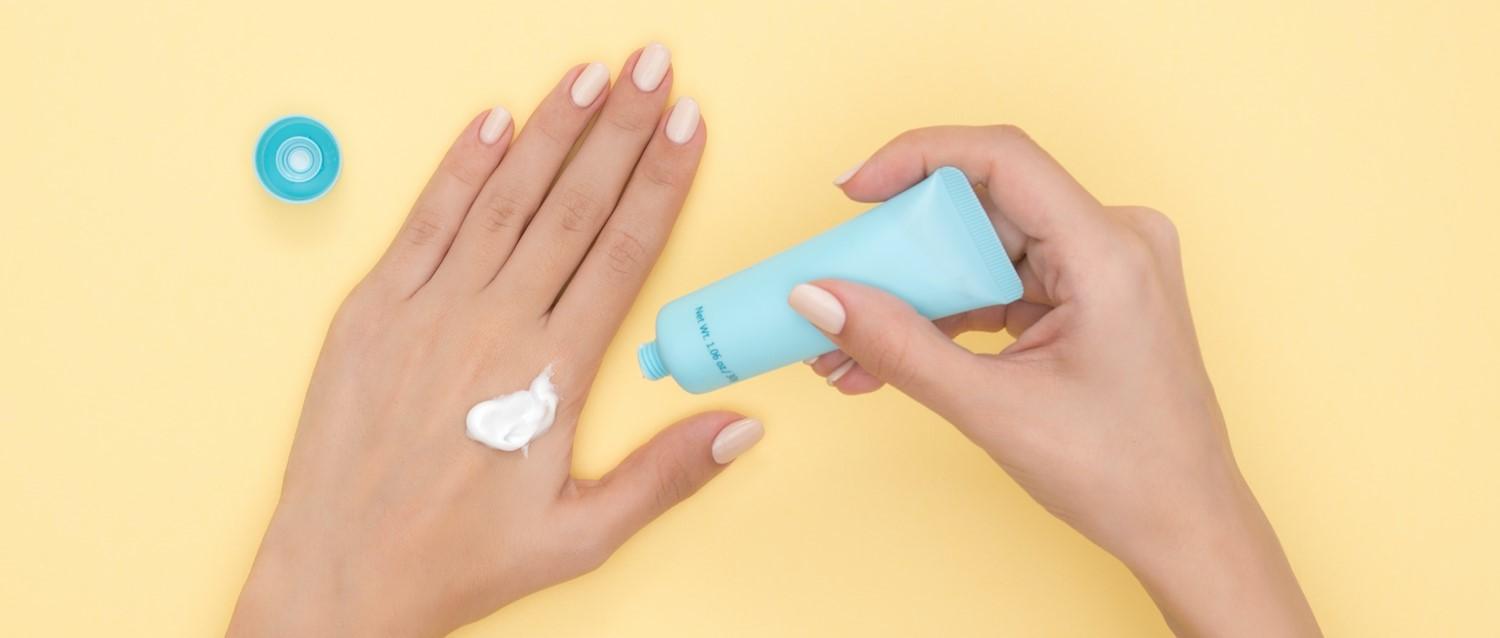
Comment prendre soin de sa peau en hiver
Peer reviewed by Dr Colin Tidy, MRCGPLast updated by Lynn StephenLast updated 3 Nov 2025
Répond aux besoins du patient lignes directrices éditoriales
- TéléchargerTélécharger
- Partager
- Langue
- Discussion
For most of us in the northern hemisphere, the cold of winter is well and truly upon us, and unless you're going to where the sun is shining, it will be a few months before you feel the warm rays on your skin again.
But winter can wreak havoc with your skin, leading to itching, soreness, and even infections. So there's even more reason than in summer to give your skin some regular tender loving care.
Dans cet article :
Poursuivre la lecture ci-dessous
Pourquoi l'hiver est-il rude pour la peau ?
Cold air and harsh wind can strip moisture from your skin, leaving it feeling dry and chapped. But winter can also cause issues for the parts of your skin that aren't exposed to the elements.
Central heating dries out the air, and the combination of low humidity and irritation from woollen clothes next to your skin can also lead to redness, irritation, and itching.
Laver la peau en hiver
Strangely, water can actually dry out your skin by stripping the natural oils. Showers are better than long baths, but it's still worth considering a soap substitute rather than soap, which can also dry your skin. A non-scented soap substitute such as moisturising creams, available from your pharmacist, won't irritate sensitive skin either.
When you get out of the shower or bath, pat your skin dry gently with a warm towel - rather than rubbing it - to avoid stripping more oils from your skin. Apply a moisturising cream while your skin is still just damp.
Moisturisers help lock in moisture inside your skin as well as replacing moisture you've lost. However, they only work for a few hours so you should ideally use them 2-3 times a day.
N'oubliez pas d'hydrater vos mains après chaque lavage pour éviter les gerçures et les douleurs.
Soins de nuit
La nuit, un émollient plus lourd - votre pharmacien peut vous conseiller le meilleur - agira plus longtemps et réhydratera la peau. Ces émollients plus épais peuvent rendre votre peau glissante et il est donc préférable de les appliquer une fois que vous avez fini de vous préparer pour aller vous coucher.
Ce que vous portez
Wool can irritate sensitive skin and synthetic materials make it hard for the skin to breathe, leaving it sweaty. To keep warm in winter, wear layers with breathable fabrics such as cotton next to your skin.
Eczéma variqueux et ulcères de jambe
Avec l'âge, la partie inférieure des jambes et les chevilles peuvent être sujettes à l'eczéma variqueux, qui touche plus souvent les femmes que les hommes. L'air froid et sec de l'hiver peut parfois provoquer des poussées.
Having varicose veins, being overweight, or having had a clot on your leg (deep vein thrombosis) makes you more prone. It's caused by leaky valves in the veins in your lower legs, that carry blood back towards your heart.
The first sign of varicose eczema is usually dry, scaly skin which looks red and sometimes a bit shiny. It tends to start just above your ankle and spread up your calf.
Over time, the skin can turn to a darker rusty colour and become thickened. Your lower legs may feel warmer than usual, even though they're cool to the touch. Varicose eczema can be itchy or sometimes painful.
If you have varicose eczema, you may develop leg ulcers, which can take a long time to heal and which can get infected. That's why it's so important to take steps to stop it getting worse.
Tips for treating varicose eczema
Une hydratation régulière est essentielle.
Regular exercise helps keep your blood flowing.
Avoid sitting with your legs down as much as possible - get up frequently and walk around. If you're sitting still, keep your legs up as much as possible - ideally by lying back with your legs over the arm of the sofa, so they're above the level of your heart.
If your skin gets infected, it can become hot, red, and tender to the touch. If this happens - or if you see any signs of an ulcer developing - speak to your doctor as soon as possible. Your doctor may recommend antibiotics in the case of an infection or a steroid cream to be rubbed in sparingly once or twice a day.
Your doctor may also recommend compression stockings to wear all day. These help your blood to circulate properly and reduce the chance of leg ulcers. They can feel tight and a bit uncomfortable to wear, but it's worth persevering. A nurse will check the circulation in your legs with a simple painless test and then measure you for the most effective size. They'll need to be replaced every 3-6 months and you’ll be given two pairs so you can wear one while you’re washing the other.
Poursuivre la lecture ci-dessous
Raynaud
Raynaud's is another circulation condition - the small blood vessels in your hands and feet shut down in the cold. Your fingers will go cold and white, then blue and painful, and when the circulation returns they will turn bright red and throb.
To reduce the chance, avoid getting cold - put warm gloves on before you go outside and keep the rest of your body warm too.
Lèvres gercées
Your lips are exposed to the elements all the time, and as with the rest of your skin, they can become dried out by cold, windy, or dry environments. Don't wait for them to become chapped - start using a lip balm regularly. If you have sensitive skin, opt for a non-scented one. And don't share your lip balm with anyone else, as this can spread infections such as the cold sore virus.
Évitez de vous lécher les lèvres, ce qui aggrave la sécheresse et les gerçures. Si vous sortez par temps froid, portez un foulard en coton sur votre bouche pour protéger vos lèvres des intempéries.
Nous remercions le magazine My Weekly, où cet article a été publié à l'origine.
Patient picks for Skincare

Santé de la peau, des ongles et des cheveux
Les meilleurs aliments et nutriments à consommer pour une peau saine
Il semble que nous passions de la lutte contre les imperfections de l'adolescence à la lutte contre les rides. Cependant, l'intégration d'aliments riches en nutriments dans votre régime alimentaire peut être bénéfique pour votre peau à tout âge. Nous examinons ici quelques-uns des nutriments essentiels à la santé de la peau et ce que vous devriez ajouter à vos courses hebdomadaires pour les obtenir.
par Victoria Raw

Santé de la peau, des ongles et des cheveux
Peau sèche en hiver : les effets du froid sur la peau
Cold weather can be tough on our skin, and dry skin in winter can cause or inflame a number of skin conditions. Lesser known effects of winter weather include allergic reactions and the spread of infections that also trigger skin problems.
par Amberley Davis
Poursuivre la lecture ci-dessous
Historique de l'article
Les informations contenues dans cette page ont été évaluées par des cliniciens qualifiés.
Next review due: 3 Nov 2028
3 Nov 2025 | Latest version
31 janv. 2024 | Publié à l'origine
Auteur: :
Dr Sarah Jarvis MBE, FRCGP

Demandez, partagez, connectez-vous.
Parcourez les discussions, posez des questions et partagez vos expériences sur des centaines de sujets liés à la santé.

Vous ne vous sentez pas bien ?
Évaluez gratuitement vos symptômes en ligne
Sign up to the Patient newsletter
Your weekly dose of clear, trustworthy health advice - written to help you feel informed, confident and in control.
By subscribing you accept our Privacy Policy. You can unsubscribe at any time. We never sell your data.